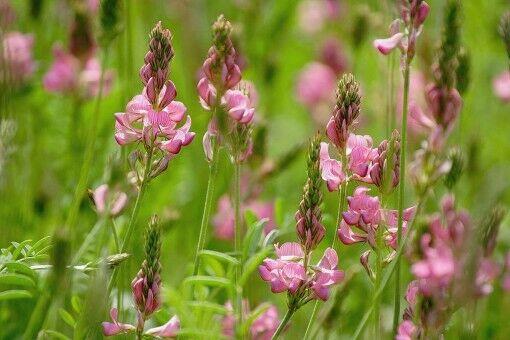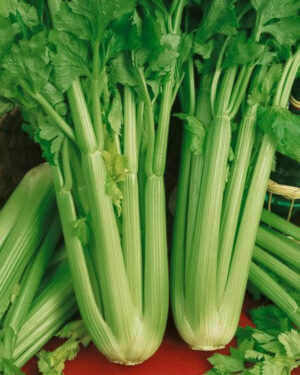Description
ORGANIC SAINFOIN SILAGE, HAY, GRAZING
An excellent drought resistant silage or hay crop that can also be grazed and is extremely beneficial to pollinating insects. It?s a high-yielding, drought-resistant plant which needs no nitrogen fertiliser and little phosphate. Sainfoin with its deep penetrating roots thrives on free draining, alkaline and calcareous soils (pH6.2 or above). It is not suitable for moisture-retentive or acidic ground.
Cultivation For ORGANIC SAINFOIN SILAGE, HAY, GRAZING
- Sainfoin can be ensiled for winter feed. Harvest it at the early bloom or pre-bloom stage to ensure the best nutrient content. Ensiling requires proper fermentation; using organic acids or inoculants can aid in preservation.
- Harvest sainfoin at early flowering for hay production. Dry it thoroughly to maintain quality. Organic methods for weed control and pest management are crucial to ensure clean, high-quality hay.
- Sainfoin is excellent for grazing due to its palatability and nutritional value. It’s essential to manage grazing to prevent overgrazing, allowing the plants to recover between grazing periods. Rotate pastures to avoid depletion.
- Sainfoin offers high protein content and is rich in tannins, which can benefit animal health by reducing worm burdens. It’s known to have fewer issues with bloat compared to some other legumes.
- Incorporating sainfoin into crop rotations can improve soil health due to its nitrogen-fixing abilities. It helps reduce the need for synthetic fertilizers, benefiting subsequent crops.
- Utilize organic methods to manage pests and diseases that may affect sainfoin. Regular monitoring, crop rotation, and natural remedies can help mitigate issues.
- Ensure proper baling and storage techniques to maintain the quality of sainfoin hay or silage. Bales should be dry and stored in a well-ventilated, protected area.
- Choose certified organic sainfoin seeds and follow proper planting techniques suitable for your region and soil conditions. Adequate soil preparation and weed control at planting are crucial.
- Monitor the health and growth of sainfoin regularly. Adjust grazing or harvesting schedules and practices based on plant growth, weather conditions, and livestock requirements.
- To maintain quality hay, avoid harvesting during rainy or excessively humid periods. Quick drying and proper storage in a dry area are vital to prevent spoilage.
- Employ rotational grazing practices to allow sainfoin plants to recover between grazing periods. Monitor for signs of overgrazing and adjust stocking rates accordingly.
- While sainfoin is less likely to cause bloat compared to other legumes, management practices like gradually introducing livestock to sainfoin pastures can further reduce the risk.
- Consider companion planting sainfoin with grasses or other legumes to enhance biodiversity and provide a more balanced diet for grazing livestock.
- Sainfoin’s deep taproots help break up compacted soil and improve aeration. Its nitrogen-fixing abilities enrich the soil, benefiting subsequent crops in rotation.
- Utilize integrated pest management (IPM) strategies to control pests and diseases organically. This can involve crop rotation, natural predators, and disease-resistant varieties.
- Incorporate sainfoin into crop rotations to enhance soil fertility naturally. Its nitrogen-fixing capabilities reduce the need for synthetic nitrogen fertilizers in the following crops.
- Sainfoin’s tannin content may provide health benefits for livestock, potentially reducing internal parasite burdens and improving overall digestive health.
- Inoculating sainfoin seeds with specific rhizobia strains can enhance nitrogen fixation. Ensure the quality of organic seeds for optimal germination and plant establishment.
- Continuously learn from experiences and observations. Adapt management practices based on your specific conditions, animal needs, and crop performance.
- Optimal moisture content is crucial for successful silage production. Aim for 60-70% moisture during ensiling. Proper compaction and sealing of silage are essential for fermentation.
- Managing sainfoin for silage, hay production, and grazing in an organic farming system involves various considerations. Adapting cultivation and management techniques while adhering to organic principles is key to maximizing the benefits of sainfoin for both the soil and livestock.









Reviews
There are no reviews yet.